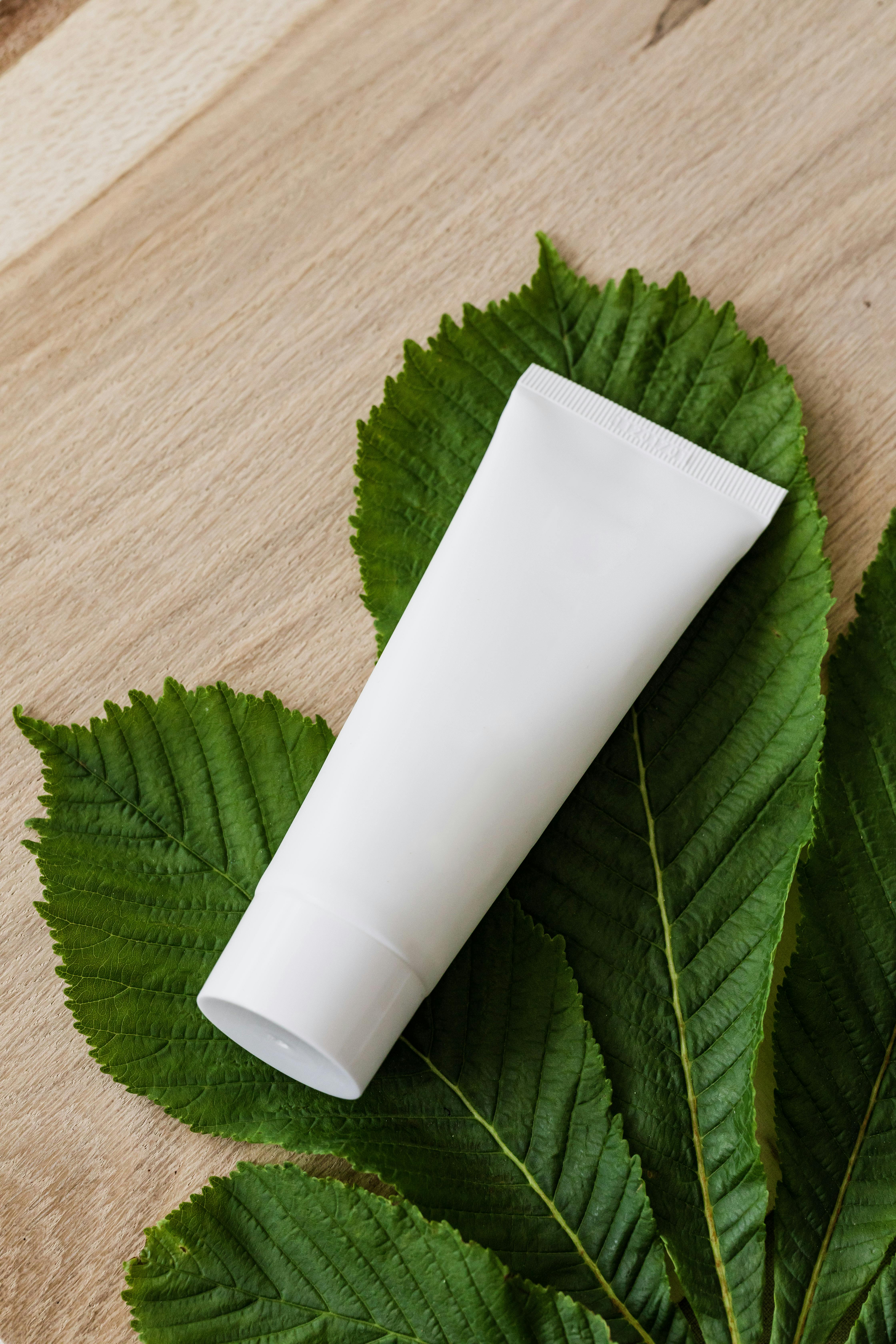
 Greenwashing Exposed: Revealing 3 Truths Behind ‘Natural’ Beauty Products
Greenwashing Exposed: Revealing 3 Truths Behind ‘Natural’ Beauty Products

Have you ever been enticed by terms like “eco-friendly,” “natural,” or “organic” on a product’s packaging and couldn’t swipe your card faster? Companies are skilled at getting you to buy their products, even when they lack evidence to support their claims.
What is greenwashing?

Enter greenwashing. It’s a term that describes precisely this: The false advertising of products, implying they are sustainable or eco-friendly when, in reality, they are not.
Beauty Regulations? Think Again

According to Zippia, 40% of businesses make environmental claims without supporting evidence. And for the companies that do implement sustainability programs, just 36% of them have actually evaluated the effectiveness of their initiatives. That’s not very reassuring.
How do they do it?

Companies can claim their products are organic with no evidence to back it up. To be clear, the FDA does not regulate the term “organic.” Plus, terms such as “eco-friendly” and “natural” can be used freely without much context.
Let’s check out 3 truths about “natural” products to help you steer clear of greenwashing.
1. Misleading Labels are Commonly Used

Be wary of terms like “all-natural,” “non-toxic,” and “green.” While these words suggest that the product is safe for human health and the environment, verify these claims by checking if the product has any third-party certifications, such as the following:
- USDA Organic: Regulates food-grade cosmetic products with organic farming standards.
- Ecocert: A global certification for organic and sustainable products.
- Fair Trade: Ensures fair labor practices and sustainable farming.
2. Always Check for Clear Evidence
Pretty packaging is convincing, but not enough. Research the company you’re purchasing from to understand how they produce sustainable products. For instance, they might outline their production processes on their website, detailing their organic farming methods and initiatives to minimize their carbon footprint.
Look out for these!

Make sure they support these claims with the following:
- Scientific research to validate their environmentally responsible processes
- Detailed reports or case studies of the company’s activities and their impact on the environment
- Information regarding where ingredients are sourced and the company’s initiatives to support ecosystems through their sourcing decisions
3. Beware of Hidden Ingredients

This can be a tricky one. Companies can leave out ingredients or use vague names that make it hard to figure out what exactly is in there. The first thing to do is to see if the company believes in ingredient transparency. Look for those kinds of details on their website and social media.
Here are a few examples of ingredients to keep an eye out for

- Microbeads (polyethylene): Tiny plastic particles used in exfoliating products that pollute water bodies when they wash down drains.
- Phthalates: Chemicals used as solvents in cosmetics that can disrupt hormone systems in wildlife and humans.
- Fragrance/Parfum: A cocktail of sometimes hundreds of chemicals that can include allergens and synthetic ingredients, posing risks to humans and the environment.
- Triclosan: Antibacterial agent that can harm aquatic ecosystems when released into waterways.
Key Takeaways

Be cautious of greenwashing tactics in beauty products, where terms like “eco-friendly” and “organic” can mislead consumers without substantial evidence.
To make environmentally responsible purchasing decisions, verify claims with third-party certifications, demand clear evidence of sustainable practices, and scrutinize ingredient lists for potentially harmful substances.

